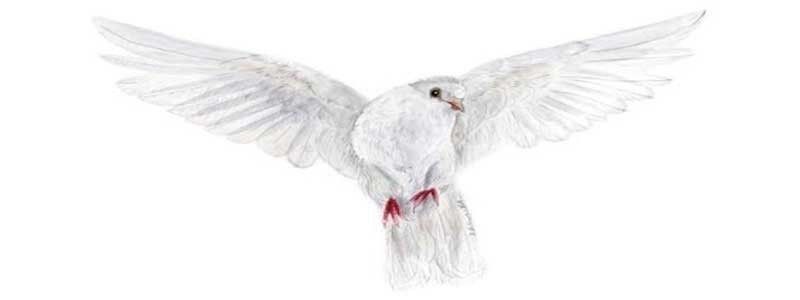Once there were two bad boys who liked to torture animals. They hated to work in the vegetable patch, and they did not care to do chores for their old parents. They wanted to do no work at all. One day they ran away from home, bringing along their little brother, whom they had tricked with false promises.
They ran quickly, fearing they might be overtaken. Much to their annoyance, however, they had to keep stopping for the little one who was slow and kept falling behind. At last they too were tired. And with no place to go, their food used up, hungry and quite lost on the high plains, they lay down to rest.
Overcome with remorse at having allowed himself to be tricked, Lanchi (the name of the little brother) fell into a deep sleep. As he slept, the other two plotted how best to get rid of him. He had eaten their food and was constantly whining to go home. Besides, the time had come for them to carry out their plan. How should they do it?
One brother was worse than the other. “Let’s kill him,” he said, “because then he won’t talk, and they’ll never find us.” But the other, named Yahuar, said, “No, it would be better to pluck out his eyeballs. Then we can eat them.”
They couldn’t make up their minds. Suddenly Yahuar, quick as a streak, swooped down and clamped his knee against the little boy’s neck, holding him fast. Now wide awake, the boy struggled to get free. But this only made his brother furious, and he choked him still harder. The poor child’s face was flushed and contorted, and his lips grew purplish. His breath came in short gasps as he tried desperately to keep from suffocating. Terror-stricken, he lay helpless, his eyes bulging.
Then the other brother, grim-faced, leaped toward him with arching fingers, and like a vulture who pecks out the eyes of a lamb held fast between his claws, he seized the eyes of the little boy, twisted them, tore them loose from their sockets, and jerked them out. The two were crueler than jaguars. They paid no heed to their victim’s piteous screams, nor were they disturbed by the horrible spectacle of what they had done. Crazed with blood-thirst, like hungry beasts, they gobbled up the still-gazing eyeballs, as if to destroy the last, reflected image of their atrocious crime.
Wordless and without remorse, the two monsters abruptly withdrew, pursued only by their gloomy shadows. The poor little boy, overwhelmed by his suffering, made not a sound. He lay perfectly still, his empty sockets drawn shut with pain, his face covered with the blood that kept seeping out like spring water from cracks in a rock.
But at last the deathly silence was broken by a melodious voice that soothed his pain, singing. Blind and forsaken, the little boy raised himself up and, stumbling as he tried to walk, directed his steps toward the soothing voice. It was the voice of a dove. He bumped against a tree, and it was from the upper branches of this tree that the song seemed to come. Happily, he embraced the tree, climbed it, and seized the dove in its nest.
The captured dove, sobbing, begged to be released: “What harm have I done you? You humans are cruel! You murder your own brothers! Let me go, and I will soothe your pain with my cooing.” Touched by pity, the little boy set the dove free, but pleaded with it to guide him to food and drink.
Scarcely able to believe that there could be a human with compassion in its heart, let alone a child, the little dove, in return, offered the boy a healing white powder to sprinkle on his wounds, gave him two round crystals to fill his empty sockets, and instructed him to tap them gently each day with a little stick.
The boy did as he was told, and little by little the dark became light. And at last he saw the sun that hangs in the sky and lights the world. Filled with gratitude, he dropped to his knees and threw his hands up. What could he do for the dove?
“You may take me with you,” said the dove. “But do not take away my freedom. And each day at dawn, as the morning star fades, you will hear me singing...



























